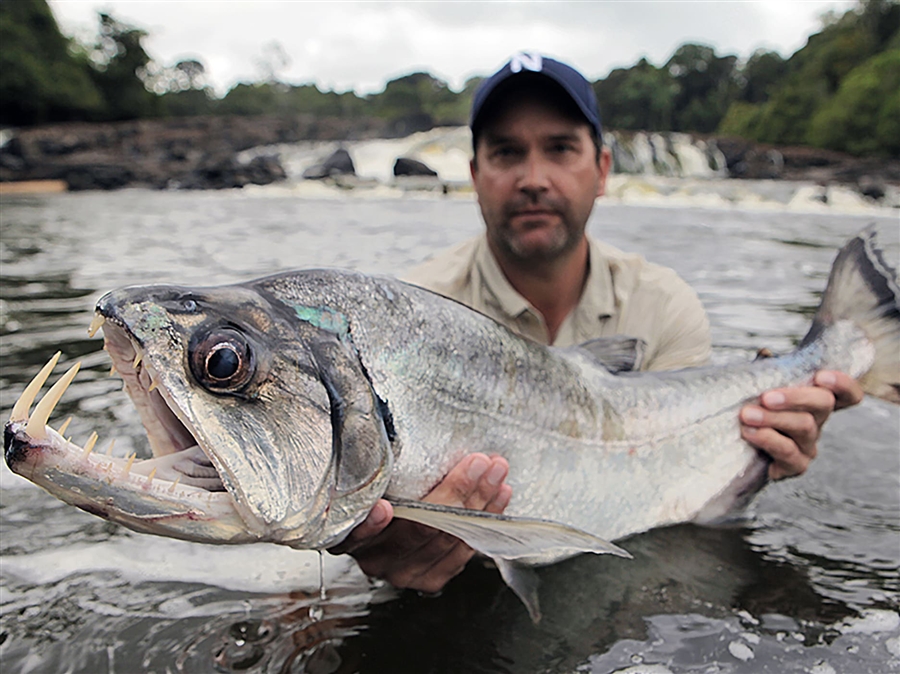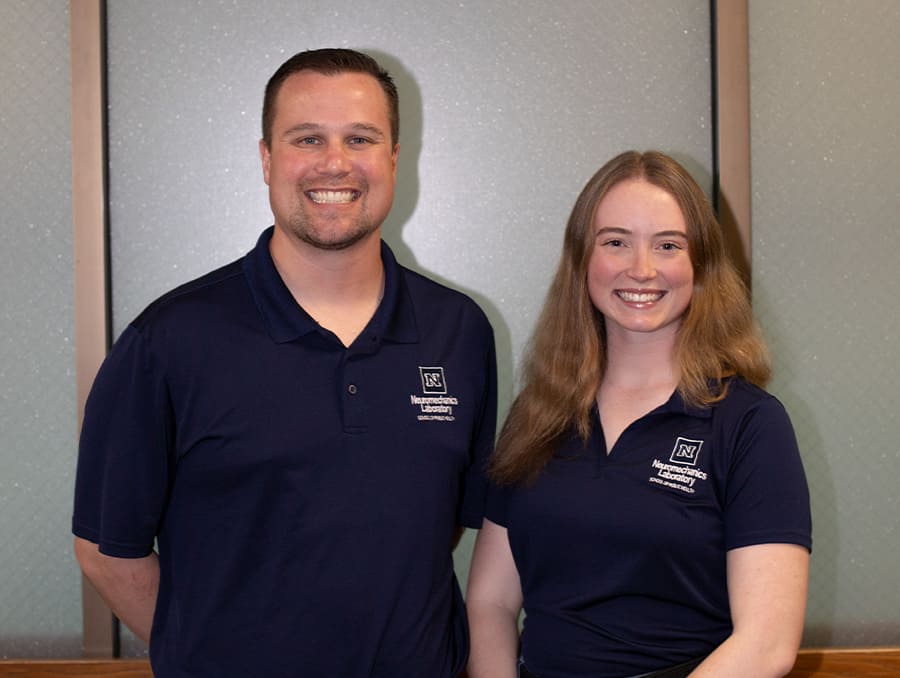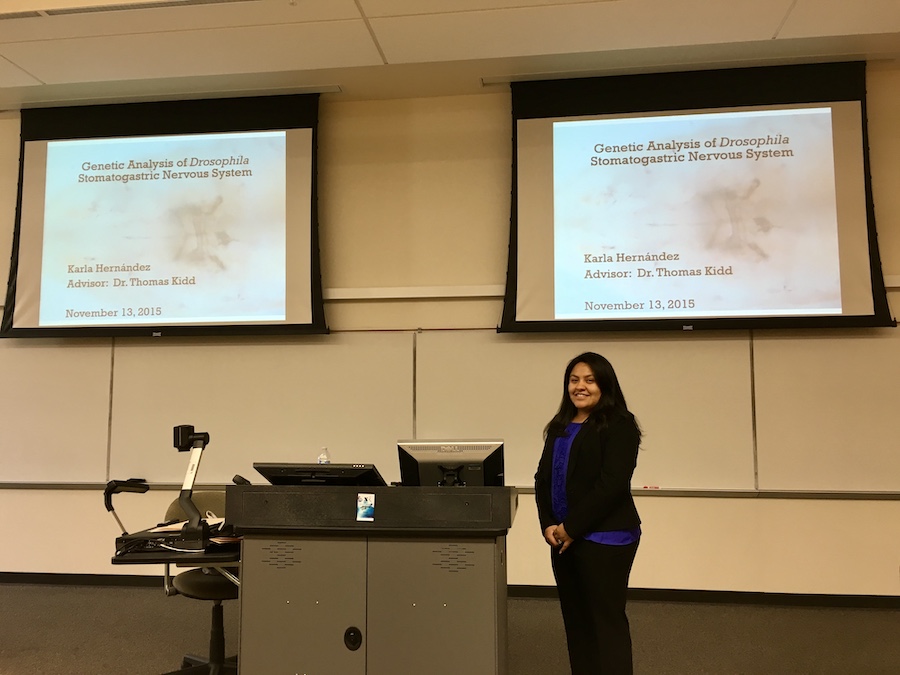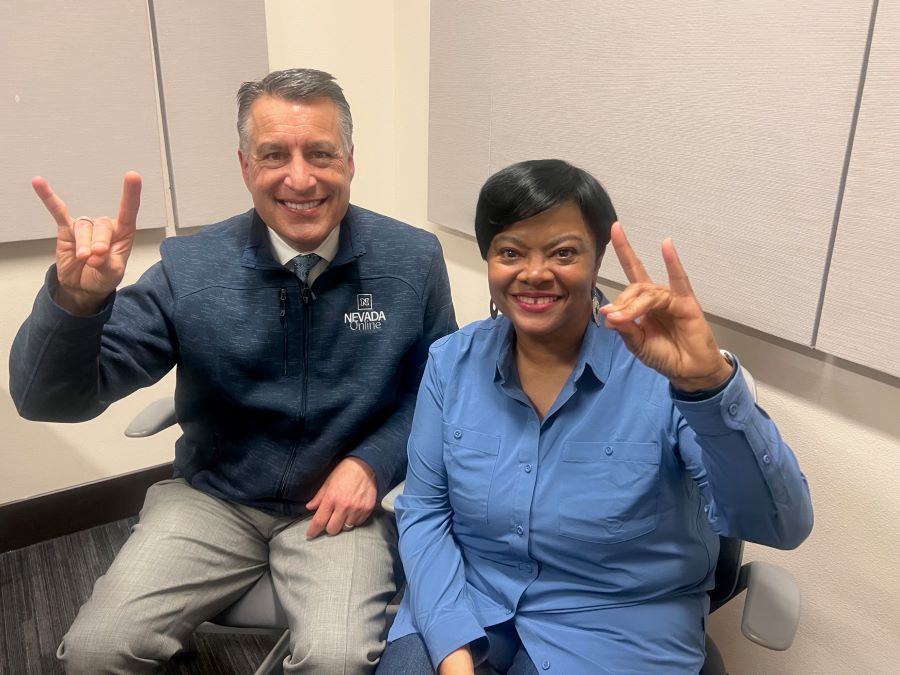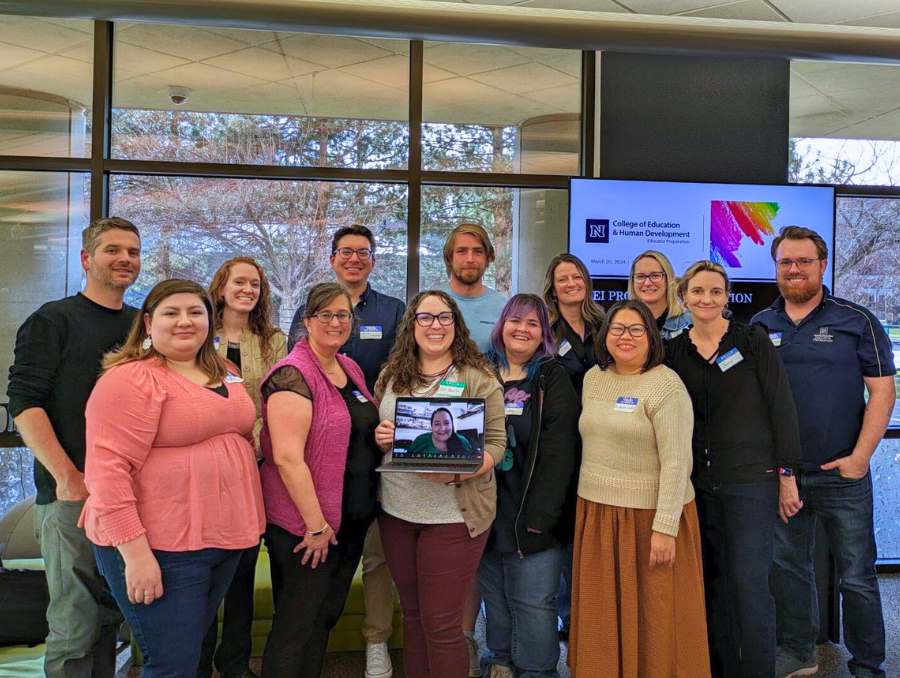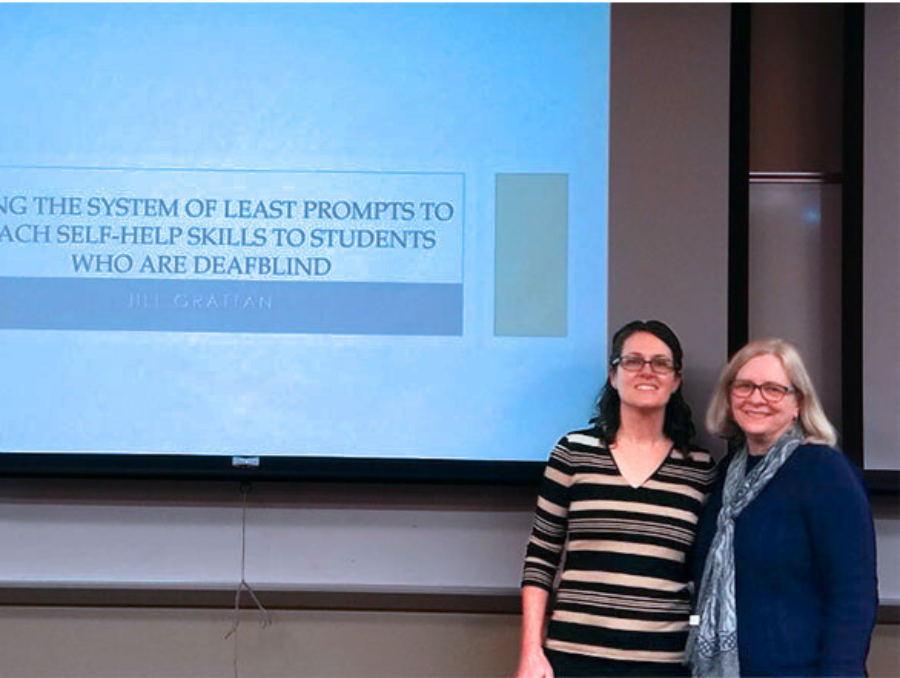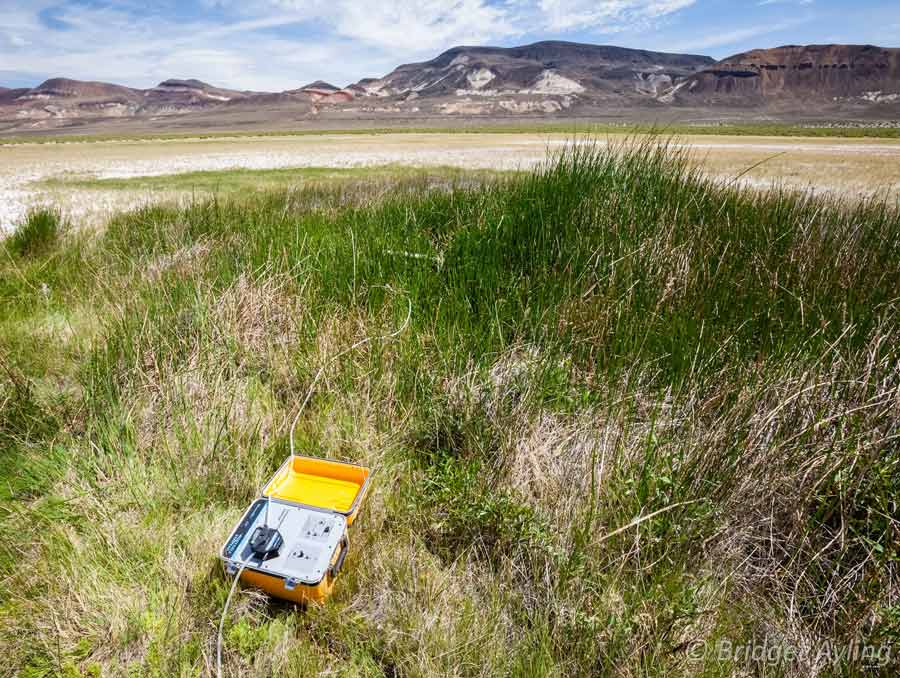Catfish that eat pigeons, huge groupers that eat sharks and saber-toothed Payara that spear their prey with six-inch long fangs are just a few of the monster fish that Zeb Hogan, aquatic ecologist in the College of Science and National Geographic Explorer, has found in his travels to six of seven continents around the globe.
His work to find, study and protect these endangered fish and their ecosystems is showcased in the “Monster Fish: In Search of the Last River Giants” museum exhibit that has come home to Reno after traveling the last eight years around the United States. After a successful tour reaching more than a million people the 6,000-square-foot museum exhibition is making its final stop for a 10-month engagement at The Terry Lee Wells Nevada Discovery Museum. The show opens to the public on Saturday, March 18.
“The exhibition, co-created by the University of Nevada, Reno and National Geographic, highlights the importance and complexity of the world's river ecosystems through an exploration of rare, enormous freshwater fish,” Hogan said. “The partnership with the Nevada Discovery Museum brings a world-class experience to Reno, underscores the University's commitment to community engagement and showcases the University's vision and leadership on sustainability and education.”
With five impressive life-size sculptures of megafish, some as long as 20 feet, adrenaline-pumping video installations and hands-on interactives, “Monster Fish” is designed to appeal to a wide audience – from children and families to environmentalists and fishing enthusiasts. A gallery of aquariums with live fish, including juvenile alligator gar, will showcase healthy freshwater ecosystems from around the world at The Discovery.
“These are incredibly rare animals, which most people would never have a chance to see or appreciate – this exhibit is a window into an underwater world that few of us have ever experienced,” Hogan said. “These animals can grow to over 20 feet in length, some living more than 100 years, and many are on the edge of extinction. The exhibition is the culmination of years of work by many people to find, study and protect the world's largest freshwater fish.”
Hogan, a research associate professor in the Department of Biology, has spent decades studying these freshwater giants. His travels have taken him from Mongolia to the Pacific Northwest, Thailand to Australia. While his work is focused on finding, studying and protecting the world’s largest freshwater fish (megafish are fish that can grow to six feet and longer and weigh 200 or more pounds), he also works to educate a global community about precariously balanced ecosystems and their endangered inhabitants. His extensive travels are documented in the television show titled “Monster Fish,” which ran for seven seasons on Nat Geo Wild.
"After spending decades studying these elusive fish, I'm gratified they have been the subject of a large-scale museum exhibition,” Hogan said. “It's my hope that this exhibition has increased awareness and appreciation for these often misunderstood and, in many cases, imperiled giants of the deep.”
The traveling exhibition successfully debuted in Washington D.C. for six months in 2015, then made its first stop in Reno on what was meant to be a five-year tour, which has now turned into eight years, before coming back to The Discovery.
“The exhibit has reached over a million people – especially children and students – with messages about the importance of freshwater biodiversity conservation,” Hogan said. “Bringing the exhibit back to Reno is an exciting way to connect the University of Nevada, Reno with the community that we serve.”
From mythical tales and storied traditions, to threats and conservation efforts, visitors will gain a greater appreciation for the important role these huge fish play in both culture and ecosystems. The exhibit takes visitors on a journey to river basins worldwide to learn about the awe-inspiring fish and the cultures and places that depend on them. The exhibition profiles the extraordinary biology and behaviors of these giants and highlights the university's globally significant research and outreach while showcasing the University's vision and leadership on sustainability and education.
“The Monster Fish exhibit at the The Discovery does not disappoint, and exceeded all expectations,” University President Brian Sandoval said after a sneak preview of the exhibit. “I am proud of the University’s partnership with the Discovery Museum, and congratulations to Zeb Hogan and everyone from the University who made this possible.”
“Monster Fish: In Search of the Last River Giants” is presented in partnership with the Discovery with support from KOLO 8 News and Telemundo (KXNV). It will be on exhibit at The Discovery through January 7, 2024.
Hogan, who has a doctorate in ecology, has worked with nearly 100 scientists on the Monster Fish project, which spans six continents (North America, South America, Africa, Europe, Asia, and Australia) and encompasses several of Earth's most diverse freshwater ecosystems - ecological treasures - including World Heritage Sites, Ramsar Wetlands of International Importance and United Nations Environment Program Biodiversity Hotspots.
Hogan has been on faculty at the University since 2006, is a member of the Aquatic Ecosystems Analysis Laboratory in the Department of Biology. He directs the Global Water Center’s Wonders of the Mekong program in Cambodia working with USAID, the Cambodian government and several universities and community partners. He was named a National Geographic Fellow in 2011. He was a visiting Fulbright Scholar at the Environmental Risk Assessment Program at Thailand’s Chiang Mai University, has served as a World Wildlife Fund senior freshwater fellow and is the Councilor for Fish in the United Nations Convention on Migratory Species.
